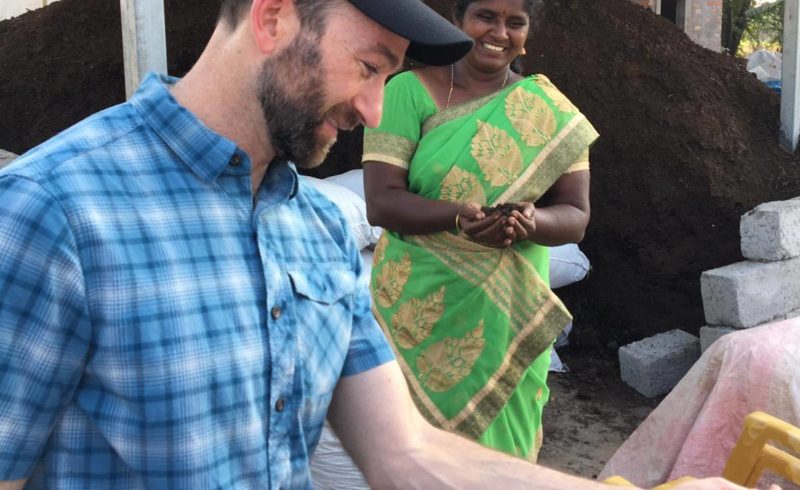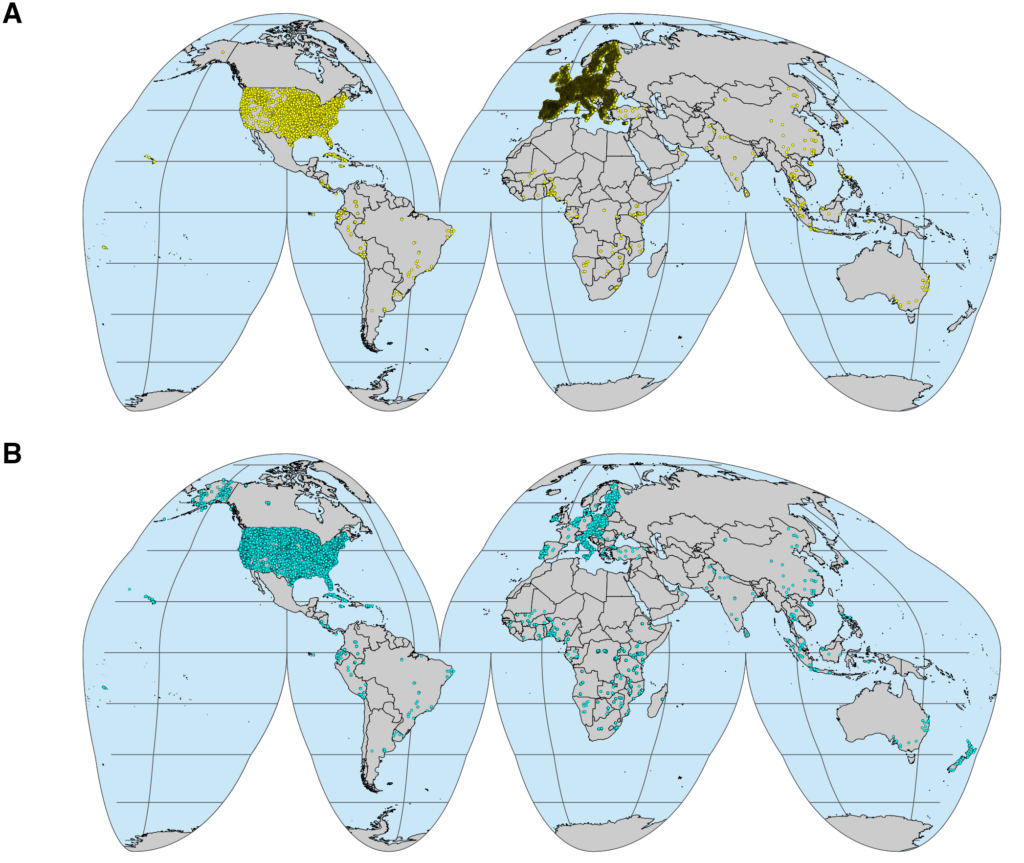Farmers around the world could see major advances in soil testing capability thanks to a new grant from the US Department of Agriculture’s granting body, the National Institute of Food and Agriculture (NIFA), to Woodwell Climate Research Center, OpenGeoHub and the University of Florida. The million-dollar grant will launch the Soil Spectroscopy for the Global Good project, an effort to greatly increase the availability of high quality data and analysis tools to help farmers optimize their soil management strategies.
“Soil Spectroscopy for the Global Good is an effort to bring soils into the big data era, with potentially huge benefits for food production, public health, and climate science,” said Woodwell scientist Dr. Jonathan Sanderman. “By automating the data analysis and making the entire system free and openly available, we can make this accessible to a global audience and do a world of good with it.”
Soil spectral analysis estimates soil properties, like carbon or mineral content, using light absorbance measurements. This technique is less expensive and uses less soil than conventional soil tests, but spectral data need to be calibrated to conventional reference measurements.
There’s global recognition that soil health is critically important for improving food production, understanding climate change, and prescribing solutions, but the capacity for soil testing is limited in many countries. Access to a high-quality spectral calibration library would make spectral analysis a viable alternative and improve evidence-based decision-making in many fields, including sustainable soil management, food security and nutrition, and climate adaptation and mitigation.
“Machine learning is critical for this analysis because its algorithms can efficiently find patterns in this large and complex dataset, thus extracting the most possible information out of the infrared spectra,” said Dr. Sanderman.
Soil Spectroscopy for the Global Good will provide a globally applicable spectral library and predictive capability. Scientists will build out a global reference database, apply new statistical modeling techniques, and, importantly, develop a simple web-based end-user interface. That will allow a range of stakeholders, including farmers, soil analysis laboratories, government agencies, to tap into a huge soil data collection that uses machine learning to estimate a range of soil properties critical to agronomic management. Users will only need relatively-cheap soil spectroscopy equipment and an internet connection to get results that previously would have required multiple expensive tests that take days to complete.
Soil Spectroscopy for the Global Good will work closely with other international working groups, like the Global Soil Partnership GLOSOLAN spectroscopy working group, part of the United Nations’ Food and Agriculture Organization (FAO) and the IEEE spectroscopy standards working group, to fulfill this vision. The team’s goal is to have a functioning platform within two years.
The USDA NIFA funding comes from its Food and Agriculture Cyberinformatics Tools (FACT) program.






